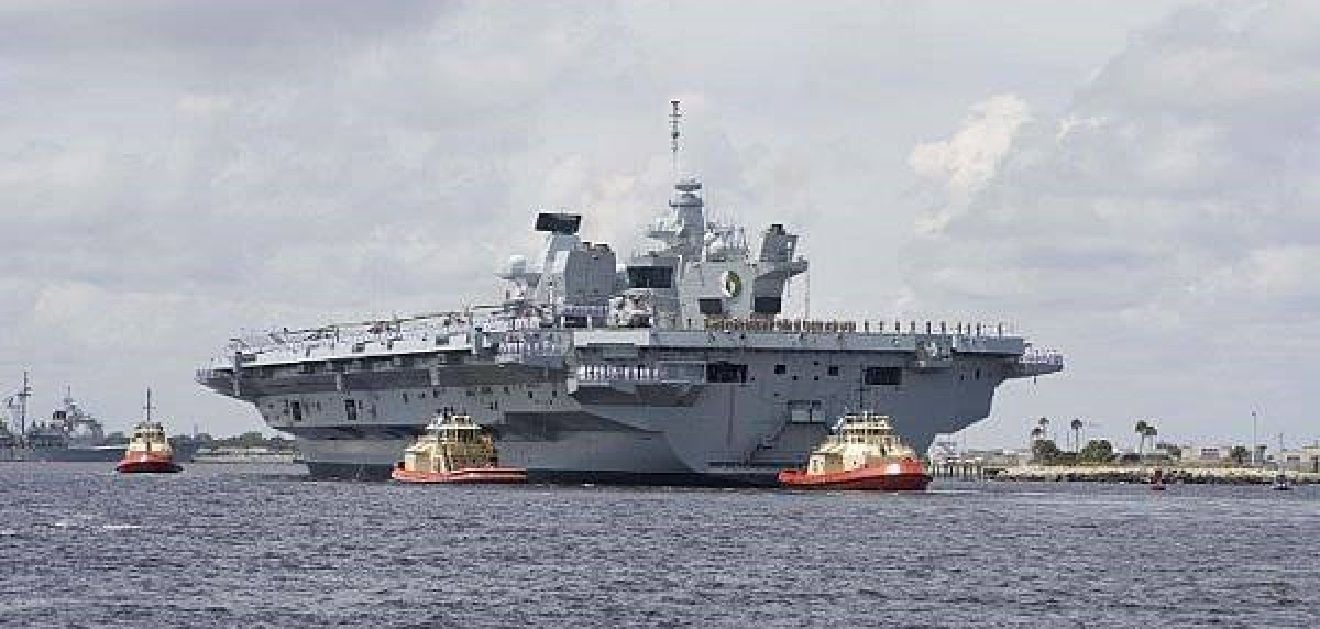

This being said, thanks to the dominance of the 7th Fleet in the South China Sea, there was a second avenue of attack available for assaults on North Vietnamese targets: shore bombardment by warships. The heavy losses of American warplanes, ranging from Korean War-era Skyraider ground attack planes to mighty B-52 heavy bombers during the conflict speak for the effectiveness of the air defense network assembled by the North Vietnamese. A densely packed and interlocking network of anti-aircraft guns, surface-to-air missiles and MiG fighters presented a terrifying challenge for American aircraft to penetrate.

Hanoi invested heavily in a truly impressive air defense network for their country. The North Vietnamese were not unaware of the geographic and military vulnerabilities of their country.

This geographic shape rendered North Vietnam uniquely vulnerable to two of the most devastating conventional weapons in humanity’s arsenal during the Vietnam War: aerial assault by carrier-based attack planes and shore bombardment delivered by large warships. Vietnam is a long and narrow country with an extensive coastline along the South China Sea. A propellant bag for an 8-inch, 55-caliber gun from the collections of the Naval History and Heritage Command which is now a part of the Hampton Roads Naval Museum exhibit, The Ten Thousand-Day War at Sea, 1950-1975.


 0 kommentar(er)
0 kommentar(er)
